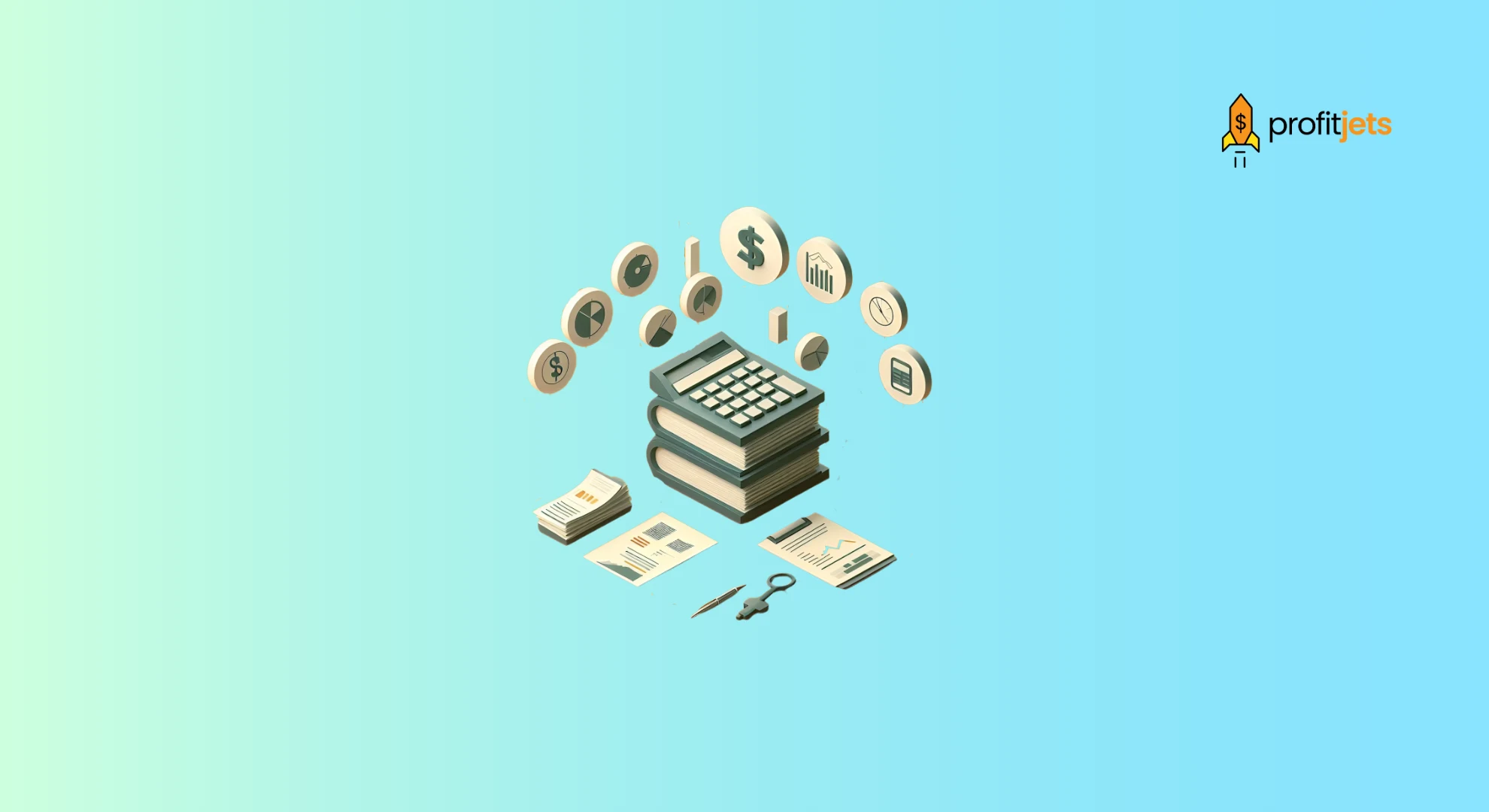Whether you’re an employee, self-employed, or running a business, the OASDI tax (Old-Age, Survivors, and Disability Insurance) is a significant component of your payroll responsibilities. It is the part of Social Security that provides millions of Americans with retirement, disability, and survivor benefits. But how exactly is it calculated? What do you owe—and what can you deduct? Let’s eliminate the tax jargon and clarify what you need to know.
In this article, we will break down how the OASDI tax works for
- Employees
- Self-employed individuals and
- Employers
Table of Contents
What are the Typical Contents of a Paycheck?
The typical elements or contents of a paycheck in the US include
1. Employee Information: Name, employee ID, Social Security Number (or OSDAI), pay period, and pay date
2. The Earnings: Gross Pay, Regular Pay, Overtime Pay, Bonuses or commission, and vacation or sick pay
3. Taxes Withheld (when applicable): Federal Income Tax, State Income Tax, OASDI (Social Security), Medicare Tax, and Local Tax
4. Other Deductions: Pre-Tax deductions like 401(k) or post tax deductions like Wage garnishments
Understanding each element of the paycheck is crucial to understanding what you are owed, what taxes are being withheld, and what benefits you receive as part of your pay. Today, we’ll take a deeper dive into the social security or OASDI Tax.

What is the OASDI Tax?
OASDI stands for Old-Age, Survivors, and Disability Insurance, which is a formal term for Social Security.
The OASDI tax deduction on your paycheck is your contribution to the Social Security program, which aids funding retirement, disability, and survivor benefits.
The deduction is mandated by the IRS and applies to almost all workers in the U.S. (with an exception to those above the wage base limit).
Who Pays the OASDI Tax?
Both the employer and employee pay a portion of the tax. As of 2025, 6.2% of the wages are paid by the employee, and the employer matches the same level. A total of 12.4% is paid on every paycheck.
However, your employer’s contribution of $310 doesn’t reflect on the paycheck.
Self-employed individuals also pay the OASDI Tax at 12.4%
Why is OASDI Important?
You may be new to the concept and wonder why you are charged Social Security, but it’s a vital part of your paycheck and mandatory when your wage base limit is below $168,600.
The OASDI tax helps ensure that you receive benefits when you retire, if you become disabled, or if your family needs survivor benefits upon death.
What is the OASDI Tax Limit? OR OASDI Wage Base Limit?
The OASDI tax limit refers to the maximum value of earnings subject to the Social Security tax in a year. It is also called the ‘wage base limit.’ As of 2025, the wage base limit is $168,600.
This means that once your annual earnings reach or exceed $168,600, OASDI tax is no longer withheld from your paycheck.
Is OASDI the Same as Social Security? (H2)
Yes, OASDI is a formal name for Social Security. The last four digits of your Social Security number on your paycheck represent OASDI. It can also reflect on your paycheck as OASDI, “FICA–SS,” or “Social Security tax”
The official name of the Social Security program in the U.S. tax code.
Where does the money go?
Your OASDI contributions are not saved in a personal account, but the money goes into a trust fund that pays current beneficiaries.
When you retire or become eligible, i.e., when you need at least 10 years of work or 40 credits to qualify for retirement benefits, you will become due to receive benefits based on your lifetime earnings and contributions.
Is the OASDI tax-deductible? (as an employee)
The OASDI tax has already been withheld from your paycheck. It is not tax-deductible on your individual income tax return. You do not get a deduction on your portion or the employer’s portion. It is treated the same as Medicare tax on your paycheck.
How do I Treat OASDI if I’m Self-employed?
The calculation works a little differently if you are self-employed, as you’re both the employee and the employer in the eyes of the IRS.
You pay 12.4% of your net earnings after expenses, i.e., your operational profit up to the wage base limit, using Schedule SE on your tax return. Your wage base limit remains the same, at $168,600.
You can deduct half of the self-employment tax (6.2% OASDI + 1.45% Medicare = 7.65%) as an adjustment to income on your tax return. This reduces your taxable income, not your self-employment tax.
How do I pay OASDI if I’m self-employed?
You can use Schedule SE (Form 1040) when filing your tax return. You also need to make quarterly estimated tax payments using Form 1040-ES
As an Employer, How do I File and Pay OASDI?
As an employer, you have to use IRS Form 941 to file and pay OASDI and other payroll taxes. You have to file the following in your Employer’s Quarterly Federal Tax Return:
- OASDI taxes (Employees’ portion)
- Medicare taxes
- Federal income tax withheld from employee paychecks &
- The employer’s part of Social Security and Medicare taxes
This filing becomes due by the last day of each quarter of the month.
· Quarter 1 (Jan–Mar): Due on April 30
· Quarter 2 (Apr–Jun): Due on July 31
· Quarter 3 (Jul–Sep): Due on October 31
· Quarter 4 (Oct–Dec): Due on January 31 (for the following year)
It is important to note that employers should deposit OASDI taxes along with other payroll taxes semi-weekly or monthly, depending on their deposit schedule, not only when filing Form 941.
While it’s just a salary deduction and social security for employees, employers have to file both portions. Employers file Forms W-2 and W-3 in addition to Form 941.
- Form W-2: Sent to employees and the SSA (Social Security Administration) showing the total OASDI withheld
- Form W-3: A summary of all W-2s, sent to the SSA
How can a taxation expert help me file and pay my OASDI Tax?
Hiring a tax expert can alleviate your burden by taking over your OADSI tax requirement. A Taxation professional or a CFA can
Ø Ensure you calculate OASDI accurately using the latest relevant wage base limit.
Ø Aid self-employed individuals in filing correctly, using the appropriate forms. Schedule SE (Form 1040)
Ø Manage Payroll withholding and filing, using Form 941
Ø Detect OASDI overpayments and claim a refund or tax return
Ø Navigate exceptional cases (multiple jobs, foreign worker, eligible for religious benefits)
Ø Stay up to date on wage limits, tax rates, and reporting regulations.
How can an Accounting and Bookkeeping Company help me Incorporate OASDI Into my Payroll Function?
Outsourced accounting and outsourced bookkeeping firms are an excellent solution for small companies looking to scale. Here’s how professionals can make a difference. An outsourced bookkeeping and accounting firm can help you incorporate OASDI and other payroll tax requirements into your payroll function efficiently, accurately, and compliantly. Here’s how they add value
1. They can automate payroll calculations, ridding you of the worry of preparing specific paychecks and preparing the books of accounts for internal assessment and taxation.
2. Professionals can help file and pay the OASDI Tax, which requires Form 941, a quarterly filing requirement, and W-2 and W-3, which are annual filing requirements to the SSA.
3. Payroll setup and system integration are the needs of the day for small businesses to scale. There are several payroll software programs for the need, such as Gusto, QuickBooks Payroll, and ADP
4. A professional maintains detailed payroll records and keeps you ready for an audit.
5. They can also provide advice on tax compliance and strategy to help classify your employees correctly (W-2 and 1099) and to plan tax deductions and employee benefits.

Key Takeaways:
OADSI is a term that can be used as the formal replacement for Social Security. It is a mandatory element of all paychecks within the wage base limit.
Hiring a professional tax expert for self-employed individuals and employers makes calculations more accurate, filing without errors, and managing payments possible as per IRS deadlines.
A professional bookkeeping and accounting company can help integrate your employee benefits and automate the payroll process using the right payroll software. Profitjets is a renowned expert in outsourced accounting, bookkeeping services, and tax matters. Contact us for the most proficient service at the industry’s best prices.
FAQs on OASDI Tax Deduction
1. What is OASDI?
OASDI is short for Old-Age, Survivors, and Disability Insurance, or the official name for the U.S. Social Security program. It provides:
– Retirement income &
– Disability benefits
2. Is OASDI the same as Social Security?
Yes. OASDI = Social Security
They are just different terms—”OASDI” is the technical/legal name used in the tax code.
4. What is the OASDI wage limit for 2025?
$176,100—This is the maximum income subject to the OASDI tax in 2025.
5. Is the OASDI tax refundable?
No, OASDI is not refundable.
However, if you worked multiple jobs and had more than the annual limit withheld, you may claim a refund for the excess on your tax return (Form 1040).
6. Do I get this money back when I retire?
Your contributions go into a trust fund that pays current beneficiaries.
You will only qualify for benefits if you have worked and contributed for at least 10 years, or 40 credits.
7. Can I opt out of OASDI?
No, it’s mandatory for almost all workers.
There are only a few exceptions, such as certain religious groups or nonresident aliens under special treaties.










